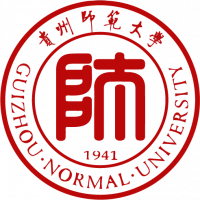Working Memory Load Effects on the Tilt Aftereffect
2021
期刊
Frontiers in Psychology
下载全文
- 卷 12
- Frontiers Media SA
- ISSN: 1664-1078
- DOI: 10.3389/fpsyg.2021.618712
